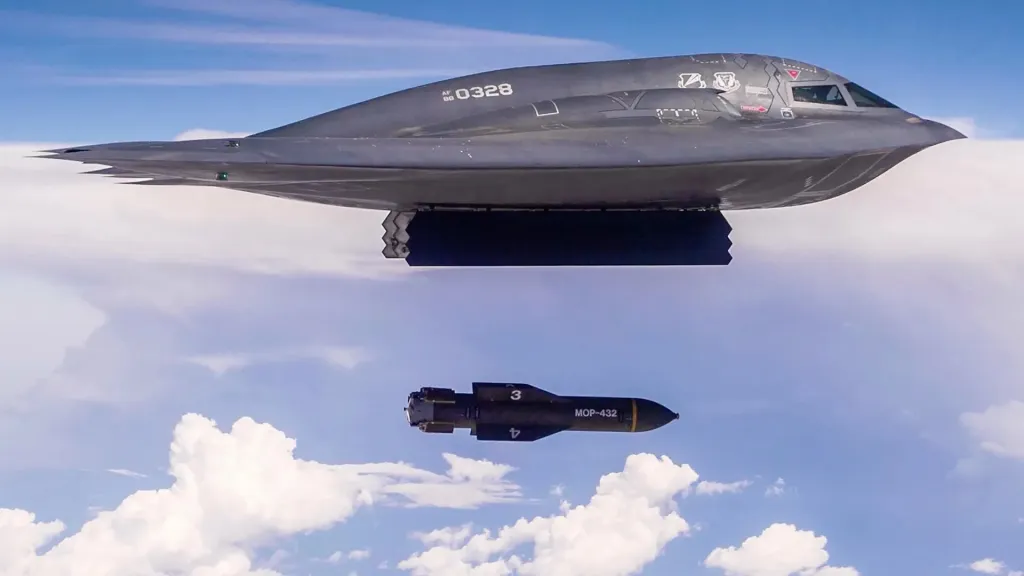America’s Technological Supremacy in Defense Innovations”
n an era of rapid technological advancements, the United States has continued to maintain its position as a global leader in defense innovation.
America’s Technological Supremacy in Defense Innovations”
Advancements in Defense Technology: Unveiling America’s Groundbreaking Weaponry
In an era of rapid technological advancements, the United States has continued to maintain its position as a global leader in defense innovation. The Pentagon’s relentless pursuit of next-generation weaponry has resulted in the development of groundbreaking systems and technologies that bolster the nation’s defense capabilities. This special report delves into some of the remarkable new weapons that America has invented, underscoring the transformative impact these advancements have on the future of warfare.
Superconducting Magnetic Energy Storage (SMES) Technology:
SMES technology revolutionizes the way energy is stored and deployed in military operations. By utilizing superconducting materials, this cutting-edge system enables the storage of large amounts of energy in compact and lightweight units. SMES offers rapid power release capabilities, enhancing the operational readiness of various weapon systems, including electromagnetic railguns, directed energy weapons, and advanced aircraft.
Hypersonic Weapons:
The development of hypersonic weapons marks a significant leap in missile technology. These ultra-fast, maneuverable weapons can travel at speeds exceeding Mach 5, making them extremely difficult to intercept. Hypersonic missiles have the potential to deliver precise and rapid strikes on time-sensitive targets, transforming the dynamics of conventional warfare and bolstering America’s deterrence capabilities.
Directed Energy Weapons (DEWs):
Directed Energy Weapons utilize concentrated energy beams, such as lasers or microwaves, to disable or destroy enemy targets. These advanced weapons offer several advantages, including speed-of-light engagement, scalability, and the ability to engage multiple targets simultaneously. DEWs have the potential to revolutionize air defense, counter-drone capabilities, and provide enhanced precision in offensive operations.
Autonomous Systems and Artificial Intelligence (AI):
The integration of autonomous systems and AI technologies has opened up new horizons in warfare. Unmanned aerial vehicles (UAVs) and unmanned ground vehicles (UGVs) equipped with advanced AI algorithms can conduct surveillance, reconnaissance, and even engage in combat operations with reduced human intervention. These systems enhance situational awareness, enable faster decision-making, and mitigate risks to human personnel.
Quantum Technologies:
Quantum technologies hold immense potential in revolutionizing defense capabilities. Quantum computing offers unprecedented computational power, enabling rapid data processing, complex simulations, and advanced cryptography. Quantum sensors provide highly accurate detection and measurement capabilities, enhancing early warning systems and precision-guided munitions.
The United States continues to push the boundaries of defense technology, pioneering innovations that shape the future of warfare. From advanced energy storage systems to hypersonic weapons, directed energy systems, autonomous systems, and quantum technologies, America’s arsenal is increasingly fortified with cutting-edge weaponry. These advancements signify the nation’s commitment to maintaining military superiority and adapting to evolving threats. As these innovations continue to mature, their integration into operational doctrines will undoubtedly transform the way conflicts are waged, emphasizing the need for ongoing research, ethical considerations, and international cooperation to ensure responsible and secure use of these game-changing technologies.










